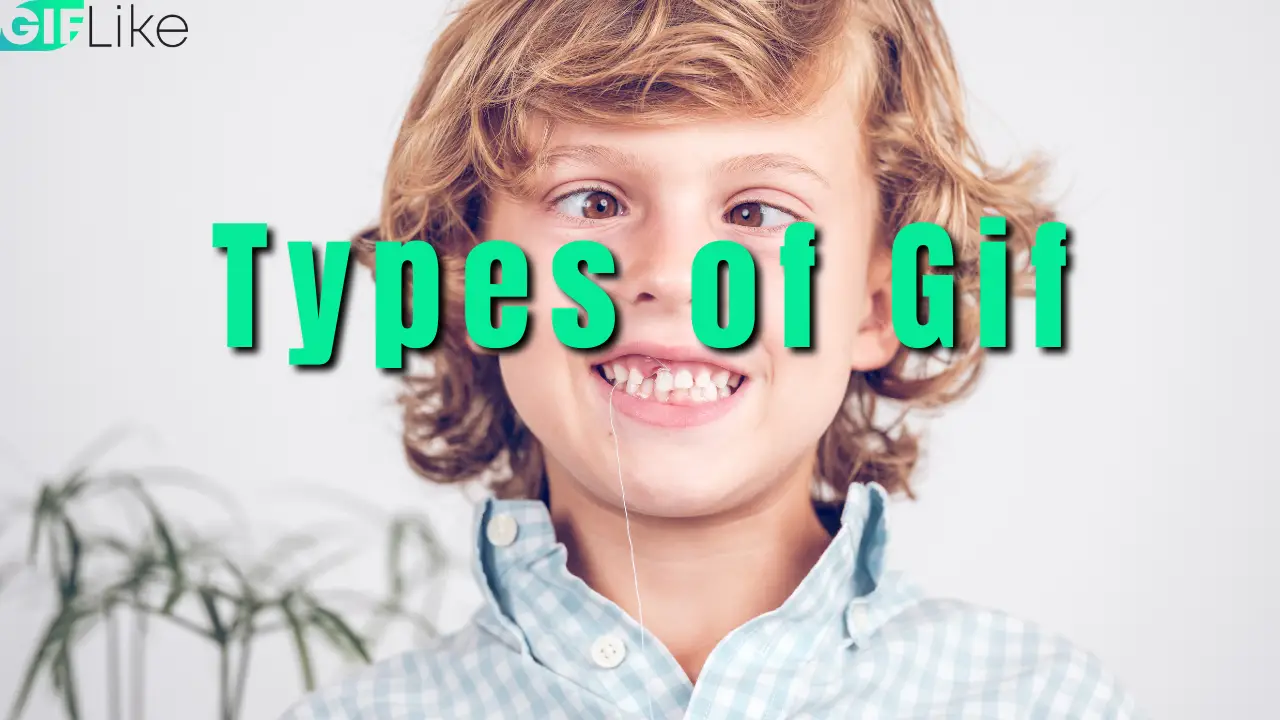I love this tool for creating amazing gifs on the fly. Check it out here
In modern times, emojis have become an intrinsic part of our daily lives, and have come to characterize and define how we communicate emotion through online written speech.

In some cases, they have even begun to replace words, and we will quite often send a simple emoji that perfectly captures our mood or response.
Their cuteness and graphic recognizability has meant they have not only become useful time saving tools and emotional signallers, but they have become products of widespread merchandising and popular culture.
As language has continued to grow and change, so have the meanings of words and emojis.
But what happens when frequently used emojis communicate the wrong thing, and does this really cause any true harm?
The Emoji
In the 1990s, the emoji was predated by the emoticon, a more simplistic portrayal of a smiley face or symbol used in analogue brands of cellular phones, such as the famed Nokia 3310.
However, this concept was first designed in 1982, when computer scientist Scott Fahlman suggested the use of text-based symbols, such as 🙂 and 🙁 as a means of communicating during computing.
However, this form of language replacement didn’t become popular until the 1990s, when Japanese, American, and European companies began modifying and popularizing Fahlman’s initial concept.
However, whilst differently modified versions were rife throughout the 90s, Fahlmans initial text-based emoticons are considered the true originals.
In 2012, Google’s Noto Emoji Project began using the more complex and intricate emojis we know and love today.
More than just a yellow smiley face, we can now express a variety of emotions, ideas, hobbies, activities, and all manner of objects without even typing a word.
Since then they have become a part of most aspects of our lives, and it is hard to go most days without being exposed to some form of emoji in one way or another, with their presence being used in branding, news, phone apps, television programs, and product advertisements.
Emoji Misunderstandings
Since the advent of the more sophisticated emoji, various misinterpretations have been documented by people who use and receive them.
This is also due to the changing we we speak, and how youth-oriented language commonly adopts seemingly unrelated terms to mean different things – such as “sick” meaning something is good, rather than bad.
This openness of interpretation means that certain emojis might not be read the same by two different people, and that now more than ever, imagination and interpretational elements are constantly at play.
Variations
Of course, another reason for misinterpretation is because different companies and platforms provide different emojis to their users.
This means that people will become used to one set of meanings, and when they receive or move to an opposing device, they might not understand the intricate meanings of emojis on that platform.
This is also true of cross-language messaging, where emojis could be different, or indeed have different meanings, in different countries.
This is in one way a pitfall of global communication, as we now run a greater risk of being misinterpreted or offending someone accidentally.

Controversial Emojis
Of course, there are certain emojis which have developed reputations for being bad, sexual, or controversial.
Sexuality
Perhaps the most famed sexual emojis are the eggplant (representing a human penis), a peach (representing the human buttocks), or the water droplets (which are supposed to resemble ejaculation).
These are common in text speak, both as a means of humor and flirting, and have now become a commonly understood part of our online lexicon.
Violence
Of course, some emojis have a much darker usage. The pistol emoji is one that has constantly changed since its inception.
Beginning as a standard revolver, it has faced backlash and complaints due to the violent nature it depicts, especially in the era of school shootings and gun violence.
As such, it has been softened over time, and in modern usage is represented by a brightly colored water pistol.
This was also brought in line with industry standard protocols, mainly due to fears of miscommunication between employees on different phones and systems.
The fear being that if one employee sent a less rendered pistol emoji to someone on a more advanced phone, and who was unaware, it could be perceived as threatening.
Another example is the bomb emoji, which resembles a classic cartoon explosive, with a black spherical body and a lit fuse.
In the age of terrorism, this too has become controversial, and many people have been arrested through its usage within certain contexts.
Bad Language
Another emoji which caused some controversy in certain countries was the middle finger emoji.
Whilst this symbol is not as offensive in some western countries, where the signal is perhaps more commonly used in a casual manner, some eastern countries like India campaigned against whatsapp and other companies to remove it from their servers.
Final Thoughts
And there we have it, everything you need to know about emojis and how they can be interpreted and used in different ways.
What has become clear is that emojis rely wholly on intent and interpretation, and that now more than ever we need to think clearly about what our words and messages can potentially mean, especially to unaware third parties.






